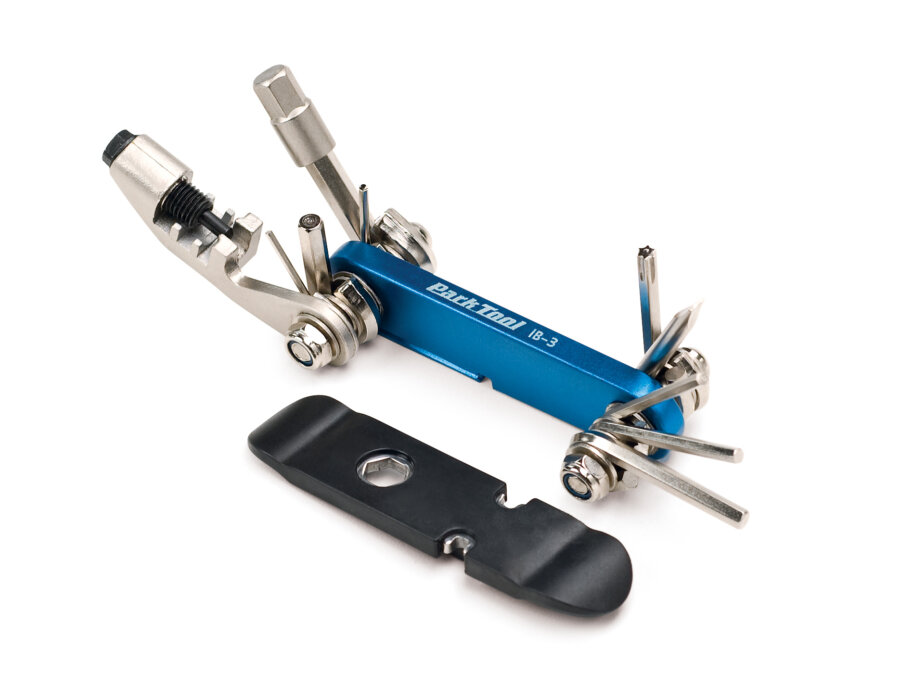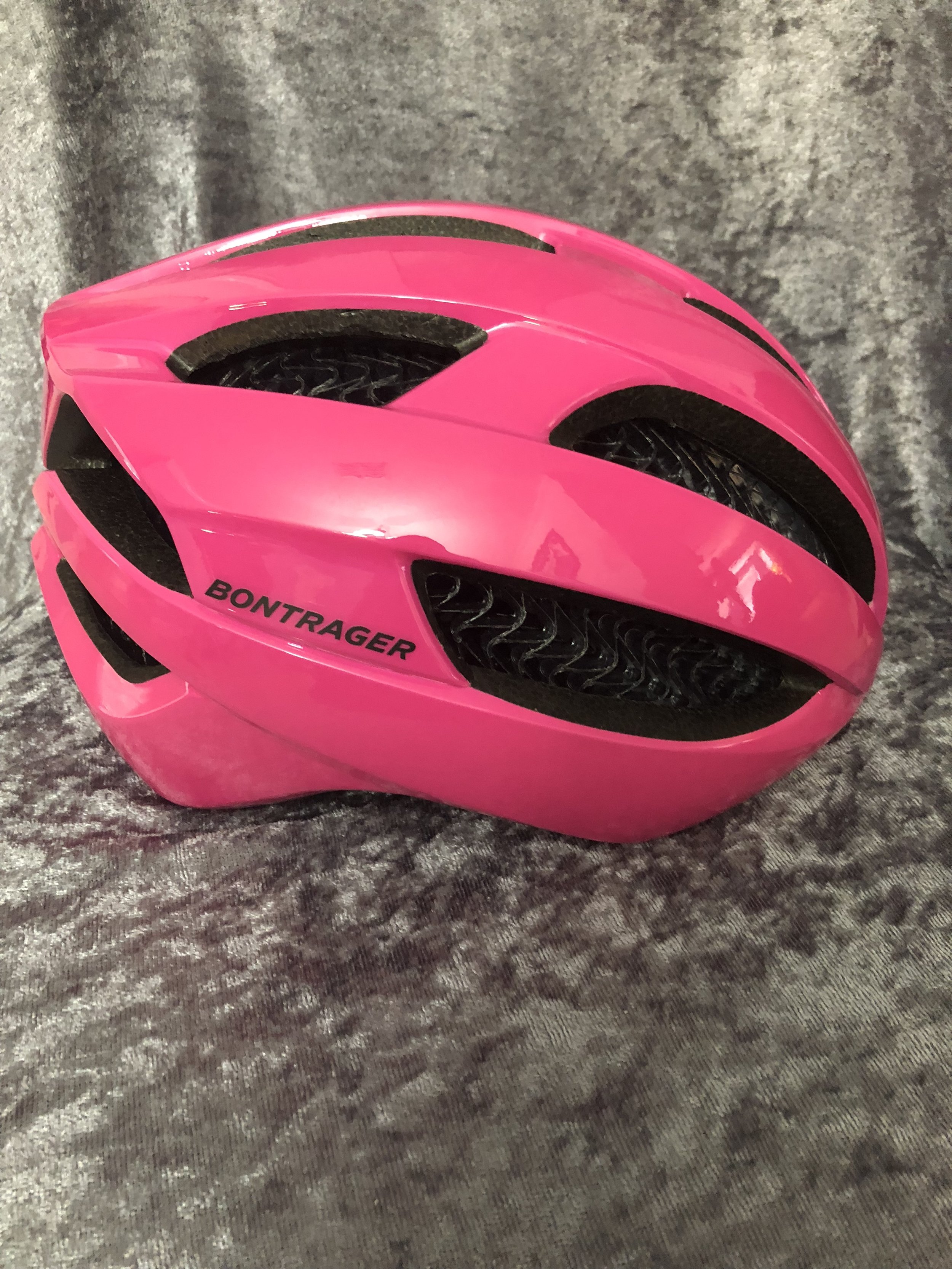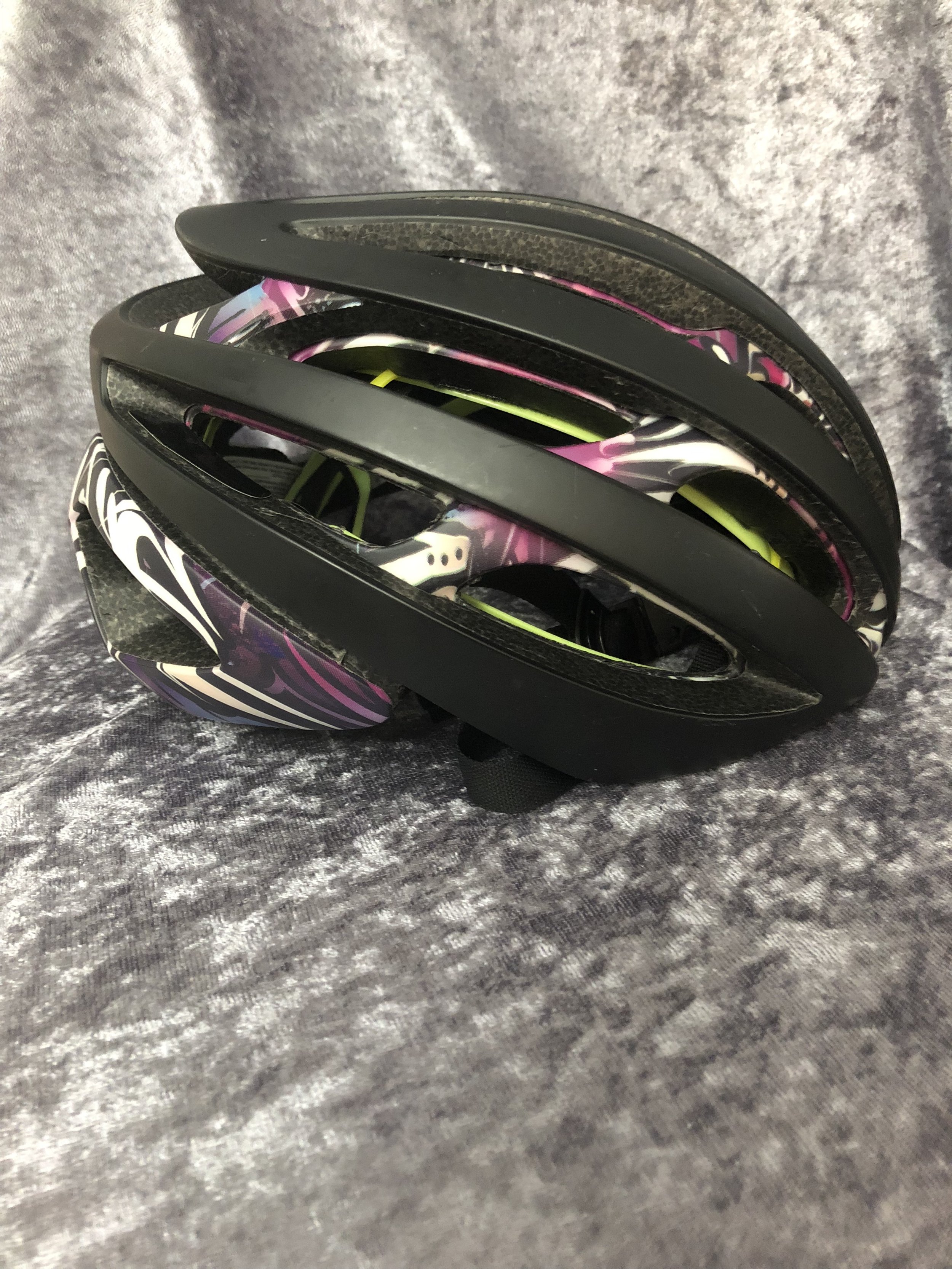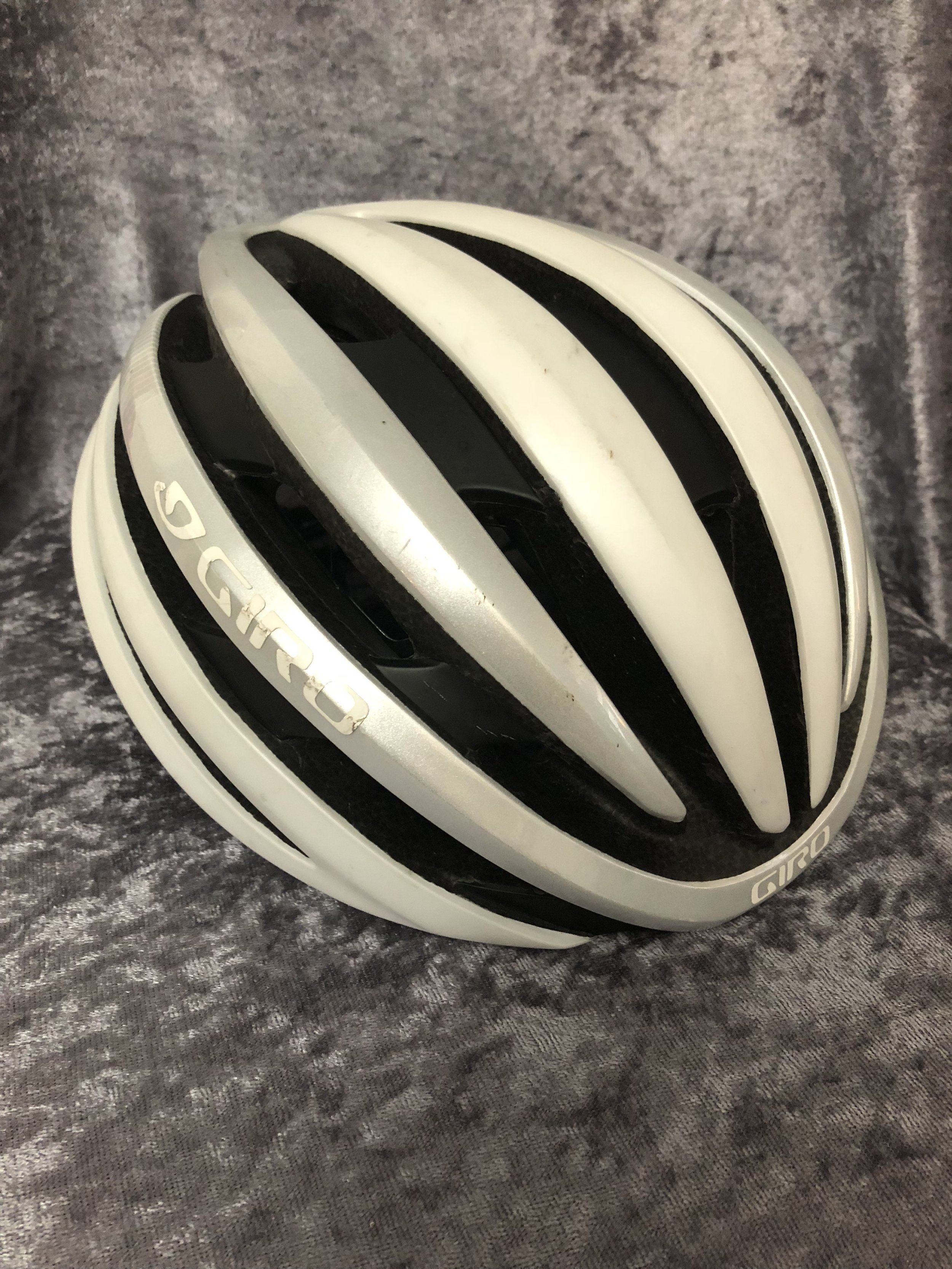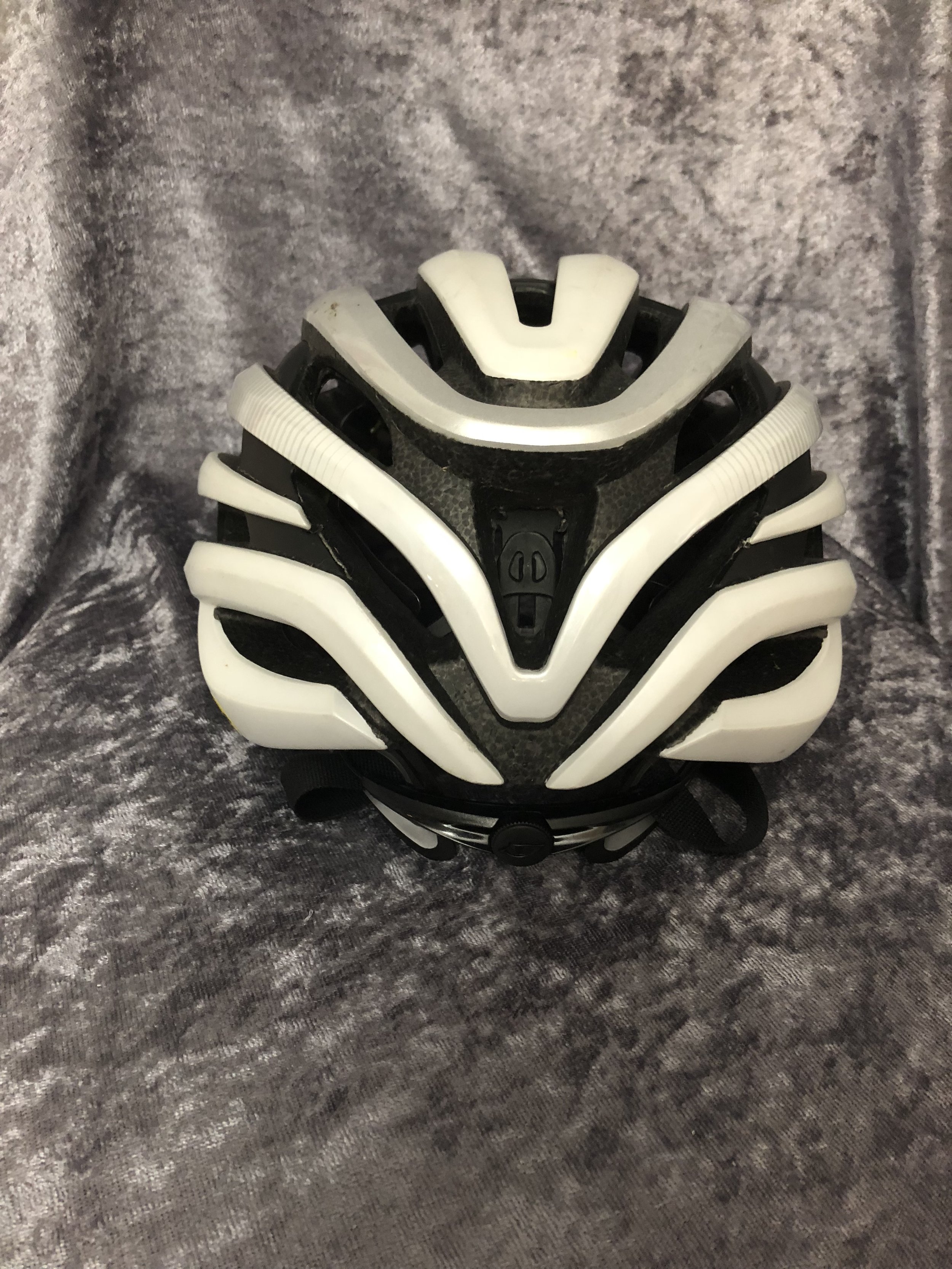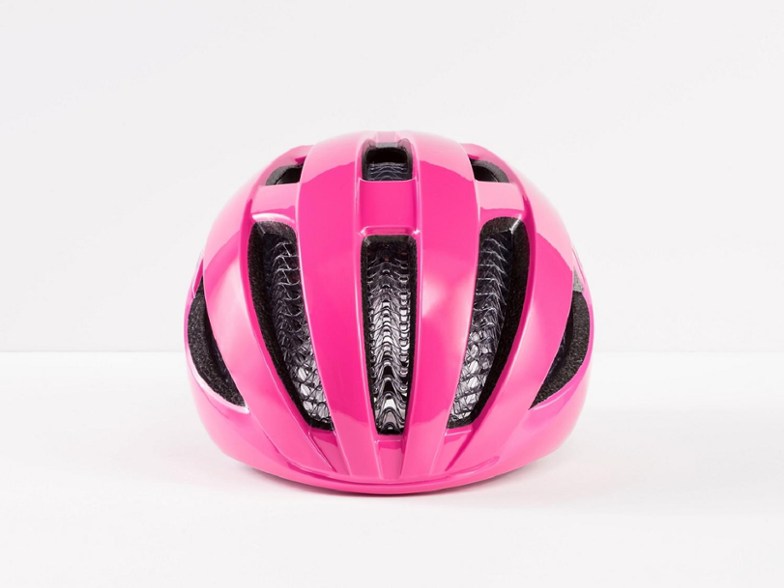2020 sucked. In addition to COVID-19, I went through a divorce. Now, some good did come from it with moving into a new home, adopting cats, and getting an excellent job offer, but overall, 2020 sucked, and 2021 has not started great for me personally. I have barely trained thanks to the cold and moving, and I was immediately let go from my previous job when I gave my notice. This means I have two weeks of little to nothing to do and nowhere to go (thanks COVID).
I decided to take the advice I got from my mom, because mothers almost always know what to say. I need to get up each day with a plan of things that need to get done.
I am making it a challenge for myself, and I want to document the impact it has on my everyday life. I am hoping that being more purposeful will help me with getting out of this rut I am stuck in. I know if I don’t do anything, it will get worse, because I tend to thrive when I am busiest, so not working will not go well if I don’t do anything about it.
Today marked day one for me. I got up this morning with a plan.
First, I wanted to hang up my medal board that I never updated with my time from Ironman Louisville in 2016. When living with my ex-husband, I had it hanging right in front of my trainer, so that is where I am hanging it up now for a little extra motivation when riding my bike.
Next, I needed to buy more groceries. I do most of my grocery shopping at Kroger on the weekend, but they don’t have a good fish selection, and I am a terrible cook, so once a week I also go to Fresh Market to pick up a few things. This week, I bought a crab cake (their ultimate crab cakes are amazing), tilapia, a quiche, and peanut butter dark chocolate peanuts. I had already done the remainder of my grocery shopping yesterday at Kroger where I got mostly fruit and vegetables and a couple snacks,
Finally, I needed to set up my trainer at my house. I was without internet for two weeks after moving in, so I could not connect to Zwift, and my phone data was not strong enough to use it, so my trainer has been in a closet in my garage since. With the cold weather and no trainer, training has been nonexistent for the last couple weeks, and I need to get back to it. I was starting to actually see progress again running, but then I got busy with the holidays and it fell away, so I made it one of my things for the day. Even just 30 minutes on the trainer is a good workout, especially when I have not been on my bike consistently.
The biggest thing I noticed today, is having things to do makes it easier to get moving instead of sitting in bed all day on my computer. I am very good at it, but I know it is not good for me. I managed to get some extra things done, like running the vacuum over the rug in my living room, ordering felt pads to protect my floors, and beginning to plan out my work from home setup, since my new job will be remote until at least May.



